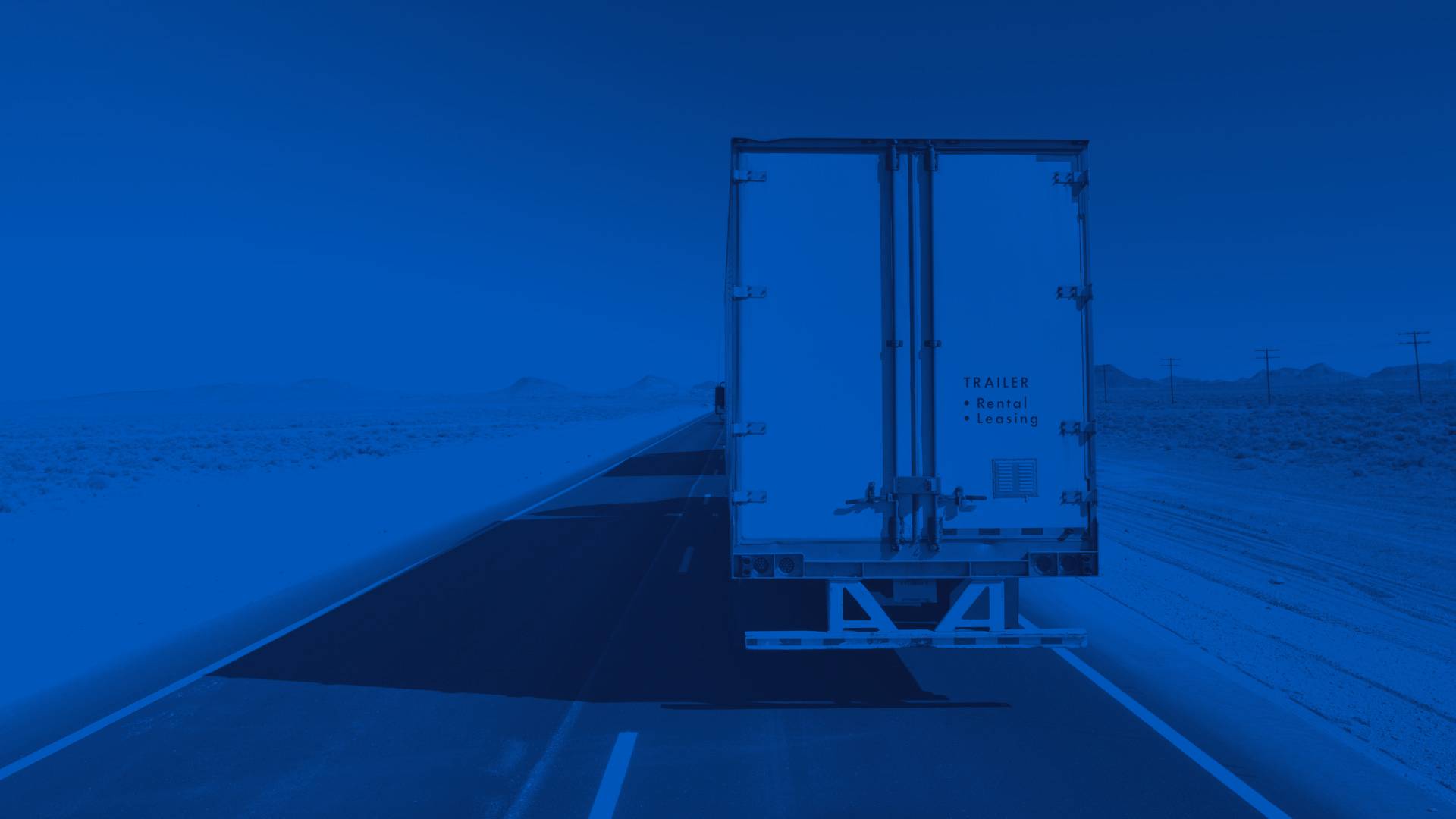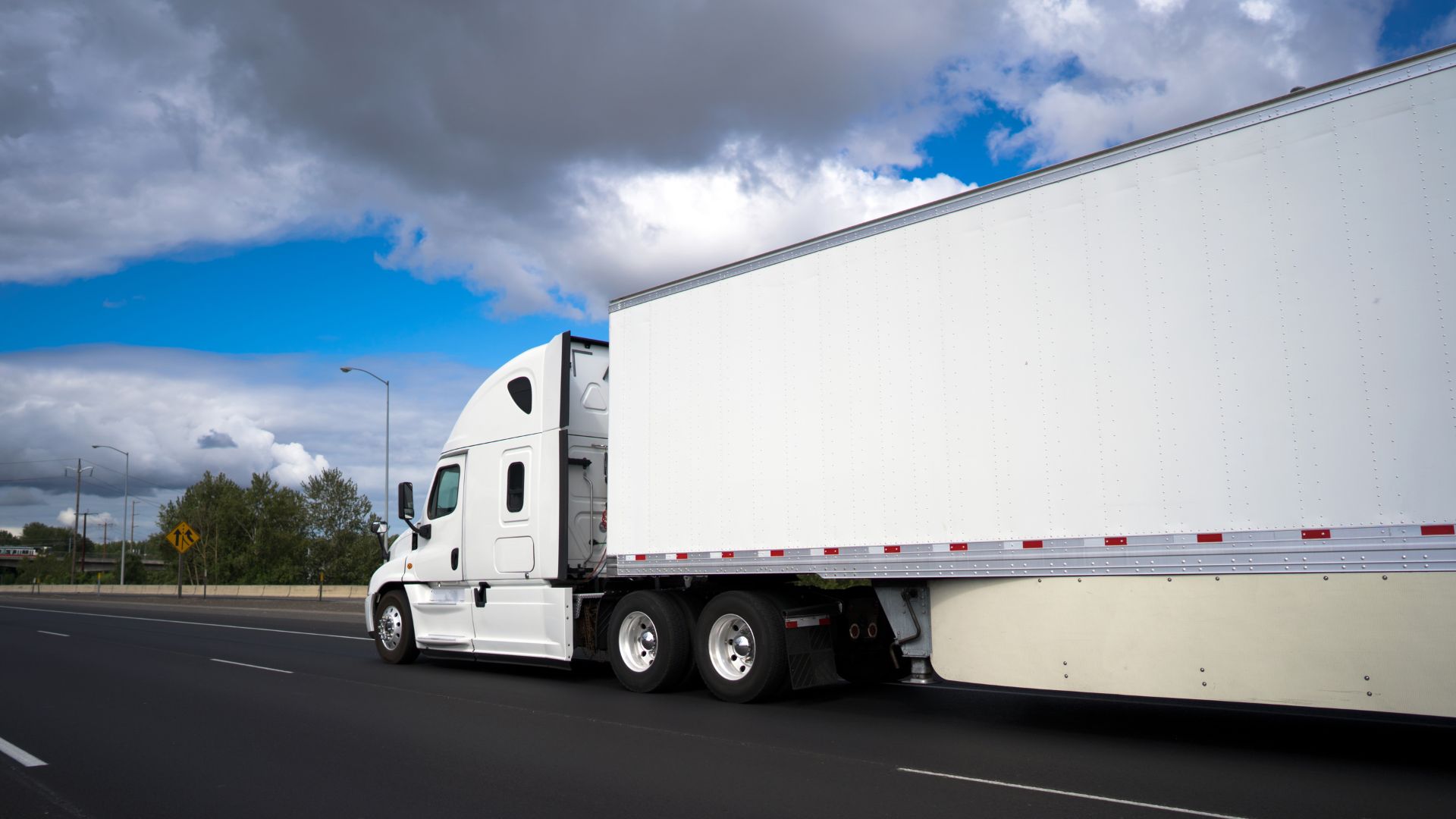Will Freight Rates Increase in 2026?

Trucking and transport companies across North America want to know how the economy will change and how that will impact the trucking industry. With many trucking companies looking at the potential growth of the freight industry in the next year, many are examining how exactly that will impact their own bottom line. A common question that many trucking companies are asking is — will freight rates increase in 2026? The answer to this question will have a significant impact on freight operations in the next year.
Freight rates are a constant topic of conversation in the trucking industry, as they have a direct impact on the profits and operational capacity of freight carriers. Higher rates can improve profit margins, while lower rates can force companies to focus on operational efficiency just to stay in the black. After a period of volatility in recent years, the trucking industry is expected to see moderate growth and improved stability in 2026.
While freight carriers may not see a significant increase in rates, a bull market pricing cycle is expected to begin in the second quarter of 2026. Projections for this increase suggest a potential growth of 2% - 4.4% in the trucking industry next year.
6 Factors That Will Impact Freight and Shipping Rates in 2026
There are several key factors that are expected to influence freight and shipping rates in the upcoming year. These elements combine to create a complex market that requires carriers to stay up-to-date and fluid in their operations. From operational costs to global economic trends, each factor plays an important role in shaping the financial landscape for trucking companies.
Higher Operating Costs for Carriers
Carrier profitability is always under pressure from higher costs and stagnant rates. Many fleets are faced with aging assets and deferred trade cycles, which can lead to higher maintenance costs. In addition, tariffs on materials and truck parts contribute to increased expenses for purchasing and maintaining equipment. This in turn leads to an increase in freight rates.
Improved Supply-Demand Balance
The freight market is gradually rebalancing as Class 8 build rates decline and fleet growth slows down. Many smaller trucking companies left the market in 2024 and 2025 due to low spot rates and high operational costs, which means fewer trucks are competing for loads and this could lead to slightly higher rates. This correction between supply and demand is expected to continue through 2026.
Increase in Refrigerated Trucking
The refrigerated trucking market in the United States is projected to grow from $30.77 billion in 2025 to $42.27 billion by 2030, with a compound annual growth rate of 6.56%. This growth is driven by consumer demand for fresh food, expansion in pharmaceutical distribution in the healthcare industry, and an increase in e-commerce grocery orders. This sector of the freight industry includes temperature-sensitive medical supplies and vaccines and will continue to influence capacity and rates in the next year.
Uncertain Trade Tariffs
Trade tariffs are a major concern for the trucking industry and create uncertainty that can impact freight rates. These taxes on imported goods can disrupt trade flows, reduce freight volumes, and increase the cost of equipment and parts. The impact of tariffs is expected to be a key factor in 2026, which may limit growth in the industry.
Slow Economic Growth
Global economic conditions have a direct impact on freight demand. The World Trade Organization has lowered its forecast for merchandise trade growth in 2026 to 0.5% due to a cooling global economy and new tariffs. This indicates that while the freight economy is stabilizing, it is not expected to experience a massive boom.
Increase in Carrier Availability
The driver shortage and low driver retention remain a challenge for the industry, with the American Trucking Association estimating the shortage could grow to 174,000 by the end of 2026. This shortage, driven by an aging workforce and high turnover rates, impacts carrier availability and can lead to higher labor costs and higher freight rates.
Get a TransPlus Demo
If you're looking for a powerful TMS to streamline your operations, reduce costs, and improve customer service, we've got you covered.
Why Are Freight and Shipping Rates Important to Trucking Companies?
Freight and shipping rates are a primary source of revenue for trucking companies and are fundamental to their financial success. These rates determine the profitability of each load and influence strategic decisions for each company, from asset acquisition to hiring. In a market with tight margins and fluid costs, managing operations efficiently is crucial to maximizing return on investment (ROI).
A powerful Transportation Management System (TMS) is an essential tool for navigating the complexities of the freight market. A TMS can help companies streamline operations, optimize routes for fuel efficiency, and enhance overall visibility of cargo. By automating administrative tasks, managing finances, and providing critical data for decision-making, a solution like TransPlus TMS allows carriers to better control costs and improve customer service, ensuring they can remain profitable regardless of changing freight rates.
READ MORE: How Does a TMS Benefit Trucking Companies in the U.S. and Canada?
Forecasting whether or not freight rates will increase in 2026 involves examining multiple market factors. While the industry is moving towards improved stability and moderate growth, influences such as operating costs, supply and demand, and global economic trends will continue to dictate freight and shipping rates. This makes it even more important for freight carriers to remain adaptable and use technology to optimize their operations.
Contact TransPlus today to learn how a robust TMS platform can help you navigate the changing market and increase your profits!
Read our TMS Buyer's Guide
Navigate the TMS software landscape with our comprehensive buyer's guide - find the perfect platform for your trucking business today.

Latest From the Blog
Our Insights on Tech, Industry Trends, and News.

How To Use Data to Improve Fleet Operations

Why Should You Invest in Route Optimization Software?

